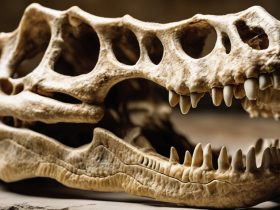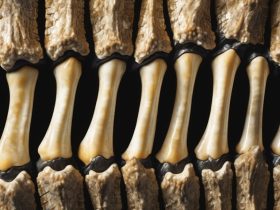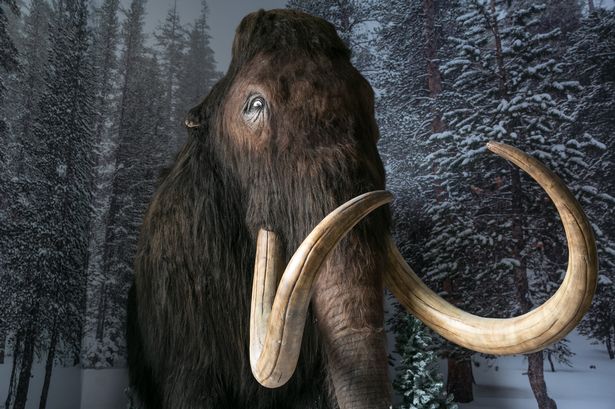The well-preserved remains of a 28.000-year-old cave lion cub were discovered in the Siberian permafrost. What is so unusual about this discovery is the fact that every single whisker of the lion cub was perfectly preserved.
According to researchers, this is the best preserved Ice Age animal they have ever discovered. The cub was found deep inside an ice cave in the south of Sweden and was named “Sparta” by the paleontologists who found it.
Given the fossils in the area, it appears evident that these places were once populated by large animals. In fact, only a year before the cave lion was discovered, another cave lion carcass was found just 15 meters away. The lion was nicknamed Boris and according to researchers it was more damaged than Sparta, and it is believed to be 15,000 years older than her. Both lions were around one or two months old when they died.
This is an impressive discovery as we do not have much information about cave lions aside from fossils and ancient art found in caves. Based on the found carcasses it is clear that the cave lions looked very similar to the lions we have nowadays, except for the fact that they had a larger size and researchers believed that they had no mane.
Based on cave artwork, it is indeed confirmed that cave lions did not often have a mane, and in the case of the animals who had one, it was quite small. As Sparta and Boris died very young, scientists are not able to say how their fur would have grown when they would have reached adulthood.
Another study also shows that cave lions might have hunted together, which means that researchers might discover more carcasses in the future. “Hunting in groups can be more effective than solitary hunting when the prey is large, and cave lions would have had many such prey species available in their ecosystem, for example, mammoths and rhinoceros, when there were no other options available to them,” explained the authors.


























Leave a Reply